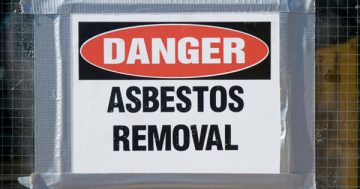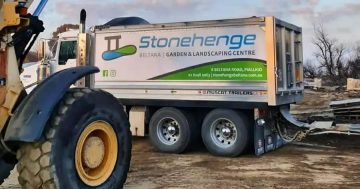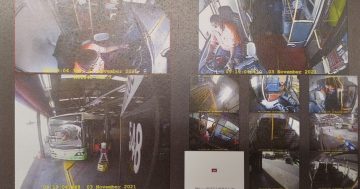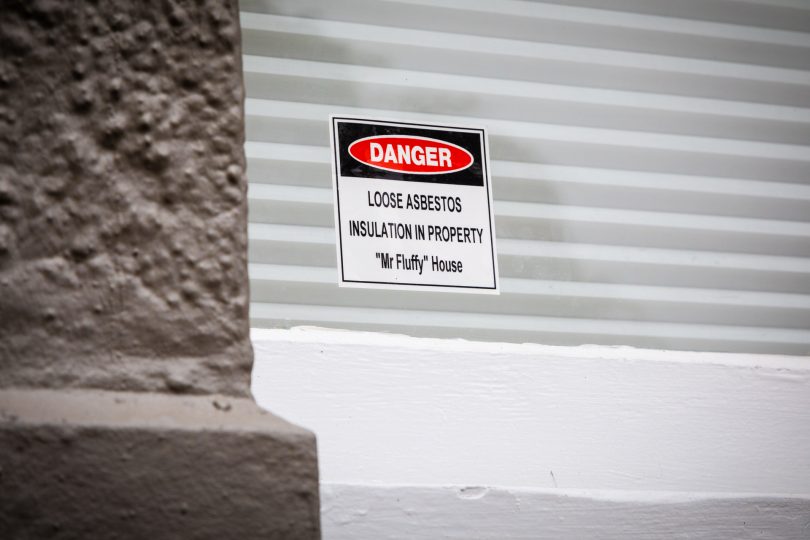
Mr Fluffy used pure loose-fill asbestos insulation in around 1000 homes in the ACT. Photo: Michelle Kroll.
Families and neighbours exposed to asbestos, and residents being forced out of their homes – these horrors can be the results of breaching asbestos regulations.
On Thursday (23 January), WorkSafe ACT issued a statement to say it has seen members of the public and workers unknowingly exposed to asbestos during unsafe home renovations or demolitions.
It has also seen families being forced to relocate due to properties being contaminated by renovations carried out by persons conducting a business or undertaking (PCBU) who failed to perform due diligence in identifying and removing asbestos.
The work safety watchdog issued the grim news while saying there were concerning rates of non-compliance with asbestos laws during renovations and demolitions.
“WorkSafe ACT is currently investigating eight PCBUs for potential breaches of the Work Health and Safety (WHS) legislation for failing to identify and compliantly remove asbestos,” it says.
Work Health and Safety Commissioner Jacqueline Agius expressed shock at the careless attitude and lack of awareness regarding such a serious hazard.
“Unfortunately, what we are seeing is a complete disregard for the law in relation to safe asbestos management, especially in home renovations,” she said.
“Homeowners should feel comfortable to question tradespersons who are carrying out renovations in their home to ensure the removal of asbestos is carried out safely.
“This is causing the tragic deaths of thousands of Australians each year. Imagine if electricians working with live wires had a similar attitude?”
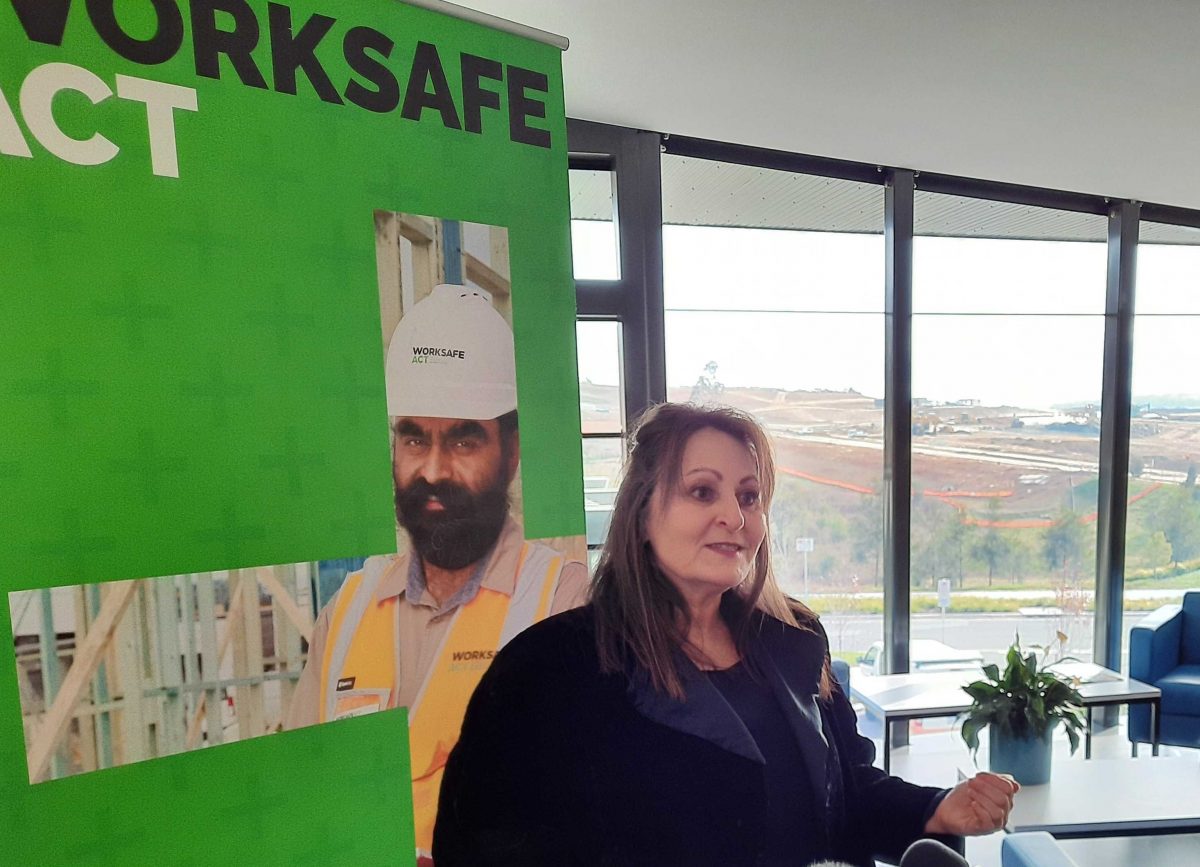
WHS Commissioner Jacqueline Agius has expressed her shock at the careless attitude that has been exhibited around asbestos. Photo: Ian Bushnell.
Ms Agius said the WHS regulations were clear.
“Any PCBU who carries out refurbishment of domestic premises must ensure that all asbestos likely to be disturbed by the refurbishment is identified and removed before refurbishment starts. It is not the responsibility of the homeowner,” she said.
“WorkSafe ACT’s regulatory approach will reflect the seriousness of this hazard.
“Inspectors will issue notices and infringements and, where appropriate, pursue prosecutions for serious breaches.”
The CEO of the Asbestos and Silica Safety and Eradication Agency, Jodie Deakes, said tradespeople must be vigilant about the risks asbestos poses, not only to their own health, but also to the wider public.
“Without proper identification and removal, renovations can lead to contamination and exposure, with devastating consequences,” she said.
In September 2024, a study by the Australian National University found men who had lived in an asbestos-affected home at some point since 1984 were 2.7 times more likely to develop mesothelioma compared to the rest of the ACT male population.
Mesothelioma is a cancer that affects the tissue around internal organs, including the lungs.
The NSW Government estimates that 4000 people die in Australia each year from asbestos-related diseases, while the ACT Government warns that any home built in the Territory before 1990 may contain asbestos.
In the 1960s and 1970s, a company called Mr Fluffy sold pure loose-fill asbestos insulation which had fibres that were fine enough to move into living areas through cracks in walls and ceilings.
The government says Mr Fluffy used this asbestos in around 1000 homes in the ACT. While many were demolished, a small number of them remain.
“There may also be properties we haven’t found yet,” the ACT Government says.
Australia banned the use of asbestos in late 2003. In the ACT, any property built before 2003 must be legally assumed to contain asbestos.
For the government’s advice on asbestos, click here.












